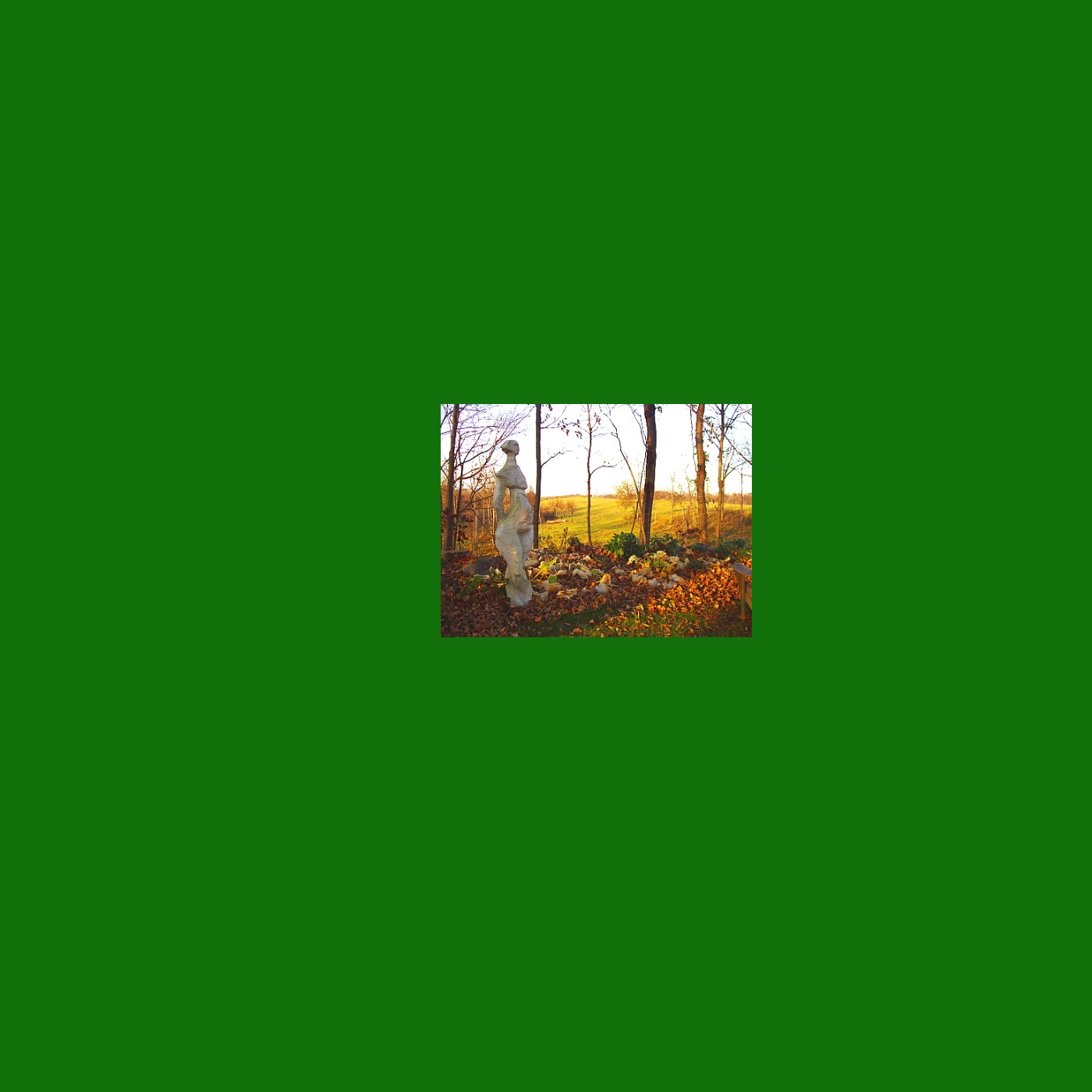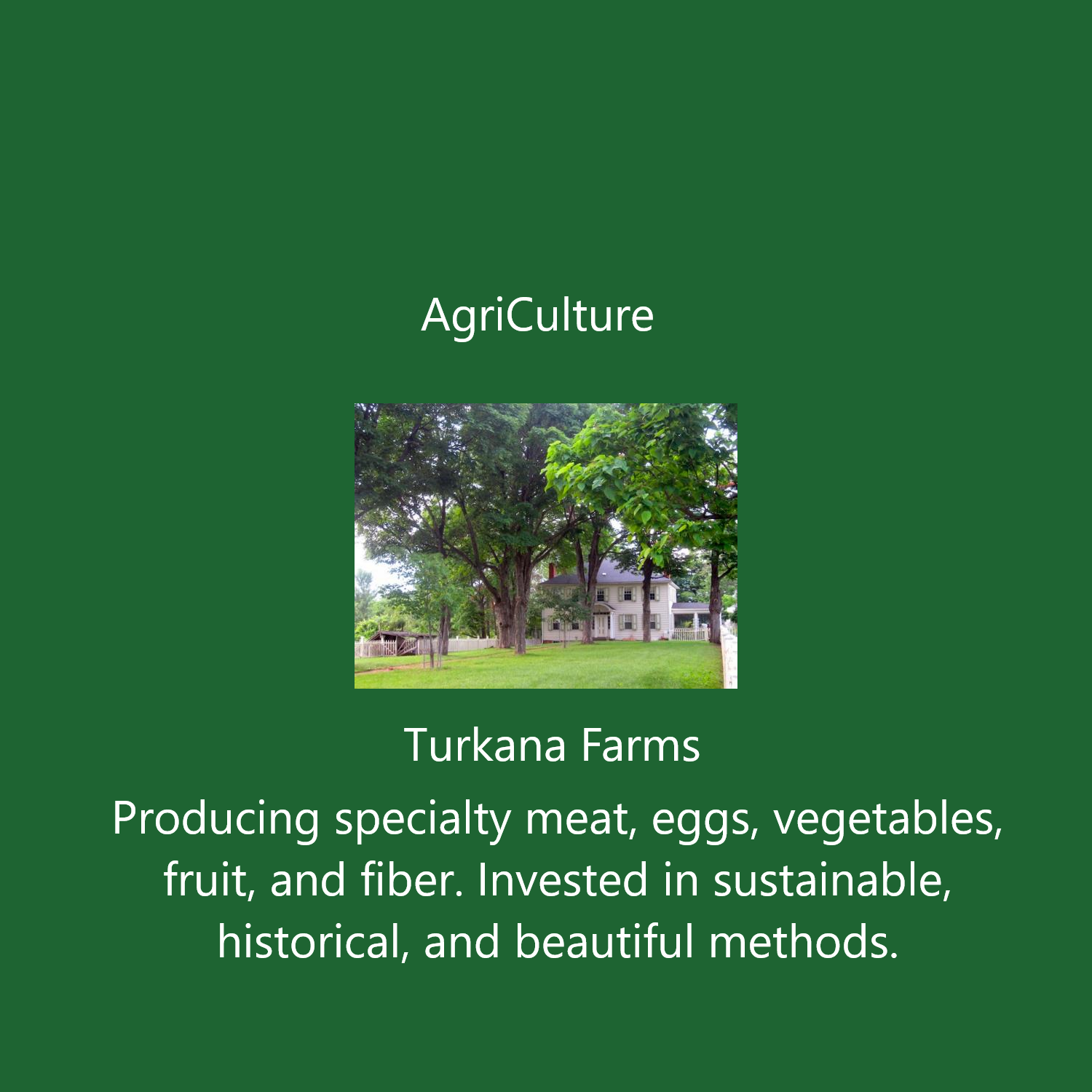
For those of you not close by enough to know how it came down, please rest assured that tropical cyclone Ida did not flood or damage the farm. Our rainfall total over the course of the storm was, I would estimate, in the high two to low three inch range, less than Central Park got in a single hour, and a fraction of the total rainfall in the most devastated communities in New York City and New Jersey. The Albany Times Union posted a rainfall map that showed the increasing totals going south along the Hudson Valley until reaching Manhattan, which resumed its place, almost exactly twenty years after 9/11, as Ground Zero.
There were few discernible water effects here. The pond, which for some unfathomable reason after our rainy summer was about a foot below its intended depth, filled back up. Our sow Possum, months after I prepared it for her and her late companion, Vernon the boar, finally moved to a dryer hut in a better drained pen next to the one they were in. That’s about it. Winds weren’t bad here either. There were fewer branches to clean up than after a standard nor’easter.

It is not surprising that people at a distance make assumptions that it must have been bad up here on the farm. After all, Ida was a natural disaster, and we are here up in “nature”. I, too, grew up with the sense that the City is the safest place one can be. To me, it always seemed impervious to nature. No matter how deep the snow, the subways seemed to be able to keep running. The City is so solid. You can’t imagine a tornado taking down a brick high rise in the way it shatters mobile homes in the country. For an extra feeling of security, the services provided in the City seemed so essential to society at large that one assumed all resources would logically be diverted to keeping them running.
Those innocent assumptions about Fortress City have dissolved in recent years. The subways have stopped running. People drowned in their apartments. We’ve even learned that some of the features of the City that made it seem impervious to nature, such as its entirely paved and hence literally impervious environment, contribute to the dangers. The paving prevents rain from being absorbed into soil, and channels it to run along the surface. The result in extreme rainfall events: raging torrents.
The most recent assumption to be lost was that of the essential nature of central business districts. COVID shattered that illusion. Areas like midtown Manhattan, which exist almost solely for the purpose of office work, are feeling less and less essential, indeed potentially irrelevant, as remote work takes such a larger role in our economy.
I harbor no illusions that suddenly it has become safer to live here on the farm than in the City. I have not somehow escaped the dangers from climate change by being here. Nature is not so selective. While some storms naturally hug the coast, others take unexpected turns or travel other routes. I know our turn will come to be ground zero.
Nor do I think the City is intrinsically unsafe. There are many features of cities, including social density which breeds sophistication, invention, and coexistence with differences, that still make it safer than life in the boonies. Although New York City, as a dense port of entry with no appreciation of the dangers it faced, took the first and hardest hit in the U.S. from the COVID pandemic, today it feels far safer to be there, where a more enlightened government and populace have embraced vaccination and masking, than in sparsely populated rural Missouri.
Moreover, we have to recognize that sometimes the dangers we confront are so pervasive that there will be no good escape. Global climate change is an example of such a danger. If you want to know what that feels like, it occurs to me you can just ask an Afghan. A close friend, who shall remain nameless for now, has spent the last several months admirably and tirelessly trying to move an Afghan family he knows, who are all at risk for retribution for the father’s prominence in transgressing Taliban norms and dictates, to America. He has succeeded in getting them high up on the list of presumed eligibility for special visas. But for four young family members still in Kabul that has so far been insufficient to get them out of the country.
At each turn, these folks have faced impossible choices. Do they stay in hiding in the family home, even though it has been targeted before and might be again? The U.S. government suggested waiting there for a contact telling them how to exit, a contact which has yet to come. Should they have tried navigating the checkpoints to the airport, despite the risk of beatings or worse? (They tried, but were turned back). If they made it to the airport, would it have been safe to mill at the gates waiting to be admitted? (We know the sad answer). Or should they now try a land crossing to a neighboring country, where they might be stuck out in the elements waiting to cross, with the obvious associated dangers? The examples of Aghan refugees stuck in no-mans-lands between frontiers in Europe, without food or shelter, are not inspiring. Where is their good choice, their refuge from danger?
To my friends who tell me how smart I am to be on the farm and safe from the dangers of the City, I say thanks for your confidence in my intelligence, but it is misplaced. The safety here is an illusion of the moment. It’s one I treasure and feel privileged to experience. But refuge from flooding or disease or crime is not why I’m here. Those risks, and unforeseen others, are all possible on the farm. Not to minimize the plight of the Afghans, but unless we make dramatic other changes I suspect that we too may face the sort of no good choice predicament they have already faced. At that point, neither the farm nor any of our other illusionary fortresses will suffice to keep us out of harm’s way.

WHAT’S AVAILABLE THIS WEEK
HAPPY ROSH HASHANAH, HAPPY LABOR DAY WEEKEND
Seckel pears $3 quart
Asian pears, $3/quart
Beach plums, $4/pint
Peaches, $2/quart – the last week
Buttercrunch lettuce, $2/head
Long Hot Portugal peppers $.50 each
Jalapeno peppers, $.50 each
Poblano peppers $1 each
Cucumbers, sweet slicing variety $.50 each
Collard greens $3/bag
Fennel $1/bulb
Swiss chard $3/ bag
Rhubarb $4 a lb.
Mint $1 a bunch
White oasis turnips, $3/lb – baby size or big ones, your preference
Shiso leaves, $1 for 10
Sorrel, $3 a bag
Garlic chives, $1/bunch (flat leafed)
EGGS: $5/doz
CHICKENS: They were quite uniform in size, all just around 6 lbs, a few under. These freedom rangers have been what you want them to be, deeply flavorful. $6/lb, frozen.
FARM PICKUPS:
Email us your order at [email protected], and let us know when you’d like to pick up your order. It will be put out for you on the side screened porch of the farmhouse (110 Lasher Ave., Germantown) in a bag. You can leave cash or a check in the now famous pineapple on the porch table. Because I’m now here full time, we’re abandoning regular pick-up times. Let us know when you want your order any day between 10 and 5, and unless there are unusual circumstances we’ll be able to ready it to your convenience. If you have questions, don’t hesitate to call or text at 917-544-6464 or email.

Turkana Farms, LLC, is a small-scale producer of heritage breed livestock and a wide array of vegetables and berries on just over 39 acres...

Last weekend, as we zoomed from a frigid start around 0 degrees Saturday morning to a springlike sunny 50s on Sunday afternoon, I took...

You all undoubtedly remember the Bible story most often told to demonstrate the wisdom of King Solomon. Two women were fighting for custody of...